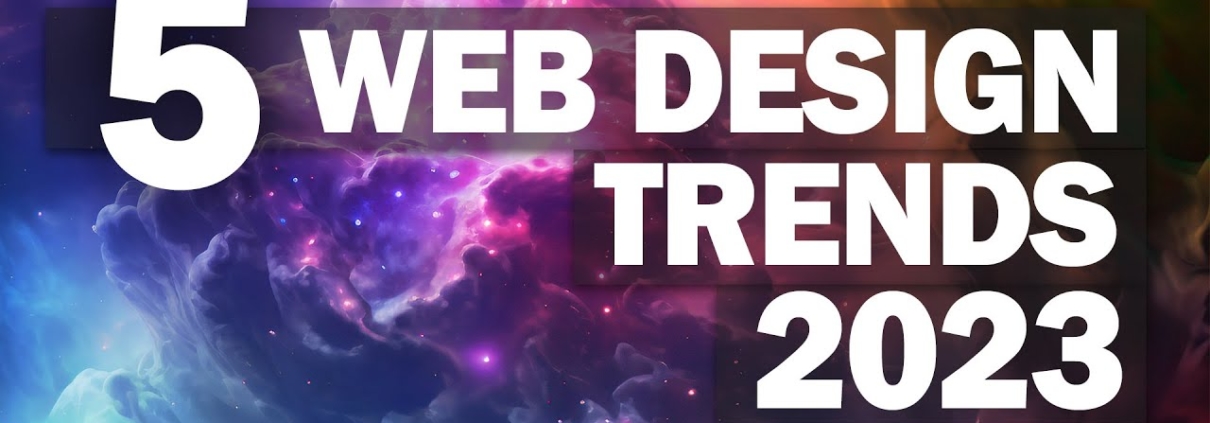Elevating User Experience: Supercharging Websites for Ultimate UX Mastery
Introduction
In today’s digital landscape, websites are the primary gateway between businesses and their audience. To stand out and succeed, businesses must prioritize User Experience (UX) design, which focuses on creating websites that are not just visually appealing but also intuitive, engaging, and efficient for users.
Key principles and strategies of UX design to enhance website user experiences:
-
User-Centered Design:
UX design begins with understanding and empathizing with users—grasping their needs, behaviors, and preferences. By keeping users at the forefront of design decisions, designers can create interfaces that effectively cater to the target audience.
-
Clarity and Simplicity:
A cluttered and complex website can deter users. Clear and straightforward design elements, including concise headings, logical navigation menus, and well-structured content, help users quickly find what they need.
-
Consistency:
Uniformity is essential for a seamless user experience. Consistent typography, color schemes, and button styles across all pages provide a cohesive look and help users navigate intuitively.
-
Responsive Design:
With mobile devices on the rise, responsive design is a must. It ensures websites adapt to different screen sizes, delivering a consistent experience regardless of the device. Mobile-friendly design optimizes touch interactions and smaller screens.
-
Readability and Accessibility:
Readable content is crucial for good UX design. Designers should choose fonts, font sizes, and spacing that are easy on the eyes. Web accessibility ensures users with disabilities can navigate and interact effectively.
-
Visual Hierarchy and CTAs:
Guiding users involves creating a clear visual hierarchy. Key information should stand out, and strategic placement of call-to-action buttons encourages user engagement.
-
Performance Optimization:
A fast-loading website is paramount for a positive UX. Slow loading times can frustrate users and lead to abandonment. Optimizing images, minimizing code, and using content delivery networks (CDNs) can boost performance.
-
User Feedback and Iteration:
UX design is an ongoing process. Gathering user feedback through usability testing, surveys, and analytics provides insights for improvement. Designers refine the website based on this feedback, ensuring a continually evolving user experience.
Prioritizing user experience through thoughtful design is essential in today’s competitive online landscape. By embracing user-centered principles, simplicity, consistency, mobile-friendliness, accessibility, and other key factors, designers can create websites that not only look appealing but also provide seamless and engaging experiences. A well-designed website enhances user satisfaction, fosters loyalty, and drives business growth. To implement exceptional UX design for your website, consider partnering with Babysoft Software who specialize in this field to achieve optimal results.We are a top mobile app development service company with great UI/UX designers. With our assistance, you can obtain the best design for your application.




